by
Many practitioners are now continuing to expand their reporting skills from appendicular skeleton to include the axial skeleton in trauma. Other allied profession may also be reviewing axial skeleton trauma radiographs, for instance nurse practitioners (such as in cases of hip trauma). Many practitioners initially fear reviewing axial skeleton radiographs, understandably as missing an injury may have dire consequences, but with training, audit and care this fear can be overcome; and one can look forward to the challenge of axial radiograph reporting.As axial trauma radiographs can be a difficult to review, the book starts with several chapters, to introduce or revise specific axial trauma. The first chapter discusses mechanisms of injury of major trauma. Followed by a chapter on pelvic trauma. The next chapter looks at reviewing trauma cervical spine radiographs. Then is presented a series of trauma cases of the axial skeleton, on which you are asked to write reports, plus sometimes answer a few questions, (the answers are over the page). This section is divided into six chapters; trauma cases of the pelvis; of the hip and femur; the cervical spine; dorsal and lumber spine; the skull, facial bones and mandible (15 cases in each chapter); the last chapter being 25 mixed cases. Although it is preferably to work your way through the book from start to finish; if you feel you need revision on say cervical spine radiographs, then you can flick to the chapter on reviewing the cervical spine and next to the cases on cervical spine. Each case has appropriate clinical history although this may not be the original history in order to anonymous the case. Some of the cases may not have side markers these may have been removed whilst removing patients’ details.
Product Details
- Paperback: 300 pages
- Publisher: M&K Update Ltd (August 14, 2009)
- Language: English
- ISBN-10: 1905539479
- ISBN-13: 978-1905539475

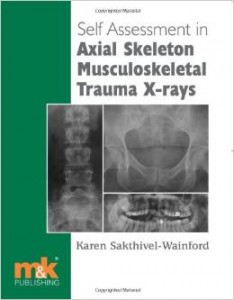
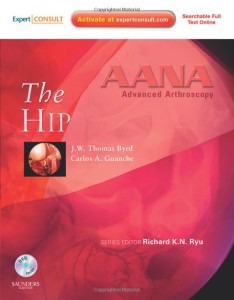
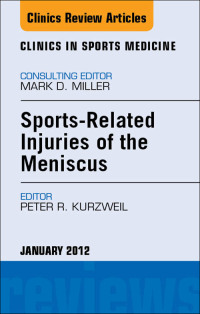
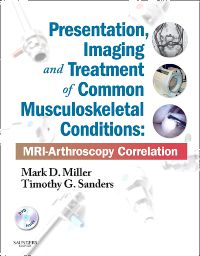
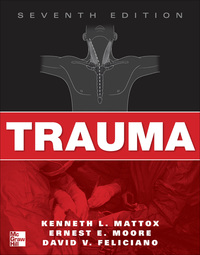
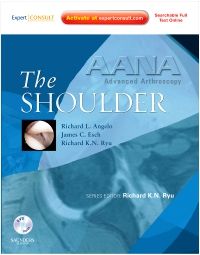
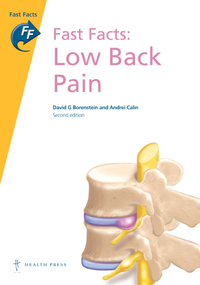
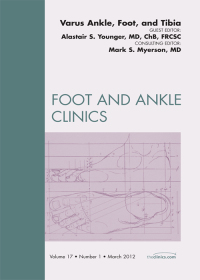

Reviews
There are no reviews yet.